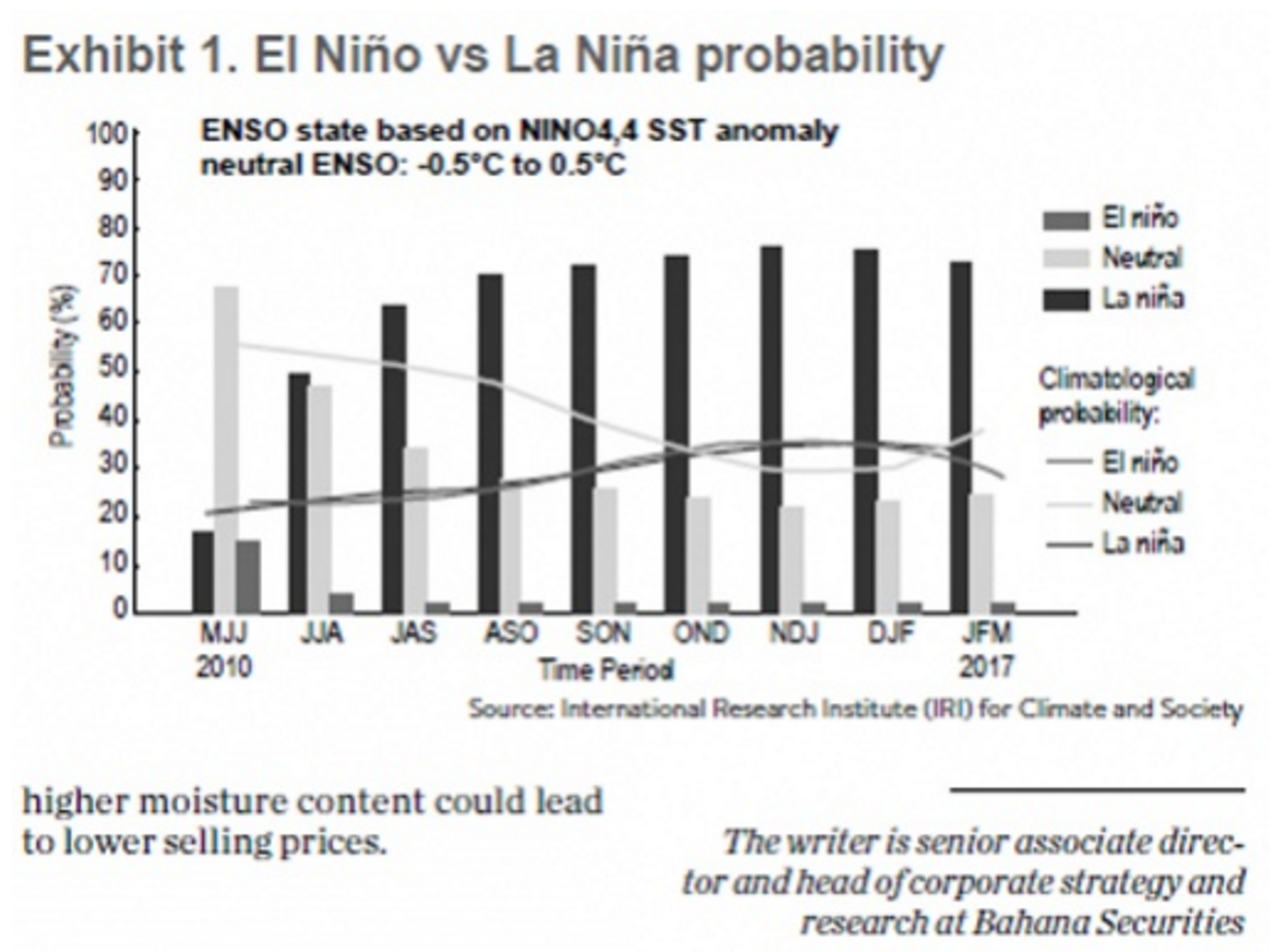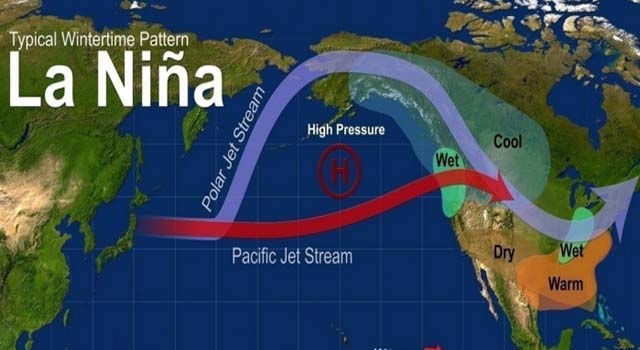Table of Contents
- La Nina Weakening Midway Through South American Crop Year
- What is El Nino, La Nina & Southern Oscillation ? How they affect ...
- Indonesia Menghadapi La Nina hingga April 2025 | Infogarut.id
- La Nina return could reduce extreme heat risks for 2024: scientists | News
- What is El Nino, La Nina & Southern Oscillation ? How they affect ...
- Wta Linz 2025 Players 2025 - Danny Phaedra
- La Nina 2025 2025 - Danny Phaedra
- La Niña winter will mean parts of US will feel like a tundra
- Pin de foryouarambula en Ara 2025 💋 en 2024
- Indonesia | La Niña Ready Nations

The El Niño-Southern Oscillation (ENSO), a complex climate phenomenon that significantly influences global weather patterns, has been closely monitored by climate scientists and researchers. The latest update for March 2025 indicates a notable shift towards neutral conditions, a development that could have far-reaching implications for weather patterns around the world. In this article, we will delve into the details of the March 2025 ENSO update, exploring what the return to neutral conditions means and how it might impact various regions globally.


Understanding ENSO

ENSO is characterized by fluctuations in the temperature of the surface of the Pacific Ocean, near the equator. These fluctuations can have significant effects on weather patterns, including droughts, floods, and storms. ENSO cycles through three phases: El Niño, La Niña, and neutral conditions. El Niño events are marked by warmer-than-average sea surface temperatures, while La Niña events are characterized by cooler-than-average temperatures. Neutral conditions, as the name suggests, occur when temperatures are near average.


Current ENSO Status and Forecast

As of the March 2025 update, the ENSO index has been trending towards neutral, indicating that the current El Niño or La Niña conditions are weakening. This trend is supported by climate models that predict the continuation of neutral conditions through the coming months. The transition to neutral conditions is anticipated to influence global climate patterns, potentially leading to more typical weather conditions in many parts of the world that were previously affected by the extremes of El Niño or La Niña.
.jpg)
Implications of Neutral Conditions
The shift towards neutral ENSO conditions can have various implications for different regions. For areas that experienced drought during an El Niño event, the return to neutral could signal the end of drought conditions, potentially leading to more average precipitation levels. Conversely, regions that saw heavy rainfall and flooding during an El Niño might experience a decrease in extreme weather events. The effects of ENSO on regional climate conditions are complex and can vary significantly, making it crucial for local communities and governments to stay informed about the latest ENSO updates and forecasts.

Preparing for the Future
As the world becomes increasingly interconnected, understanding and preparing for climate phenomena like ENSO is more important than ever. The return to neutral conditions in March 2025 serves as a reminder of the dynamic nature of our planet's climate system. It underscores the need for continuous research, improved forecasting capabilities, and adaptive strategies to mitigate the impacts of climate variability. By staying ahead of these changes, communities can better prepare for potential weather extremes, ensuring resilience and sustainability in the face of climate challenges.
In conclusion, the March 2025 ENSO update, signaling a return to neutral conditions, is a significant development in the realm of climate science. As we move forward, it will be essential to monitor these conditions closely, utilizing the latest research and forecasting tools to understand and adapt to the evolving climate landscape. By doing so, we can work towards a future where communities are better equipped to face the challenges posed by climate variability, ultimately contributing to a more resilient and sustainable world.

Stay Informed
For the latest updates on ENSO and other climate-related news, follow reputable climate science sources and research institutions. Understanding these complex phenomena is key to navigating the challenges and opportunities they present.